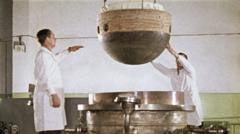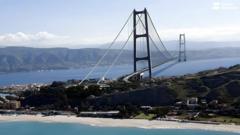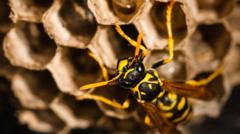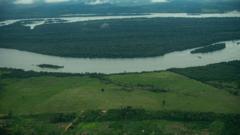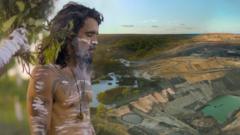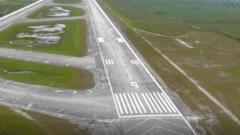Part of a Soviet-era spacecraft, Kosmos 482, is believed to have re-entered Earth’s atmosphere after being in orbit for over 50 years, according to the European Space Agency (ESA). Launched in 1972 on a mission to Venus, Kosmos 482 never exited Earth's orbit, ultimately breaking into four fragments over decades.
The EU Space Surveillance and Tracking (SST) center indicated that one of these fragments, thought to be the lander, “most likely” re-entered the atmosphere around 06:16 GMT on Saturday. Speculation around the object’s fate includes possibilities of it burning up in the atmosphere or landing unscathed, though the exact re-entry point remains unknown. Given that roughly 70% of Earth is covered by water, the chance of significant damage is minimal.
Stijn Lemmens, a senior analyst at the ESA, commented that the odds of being struck by such debris are exceedingly low, emphasizing, “It’s much more likely that you win the lottery than that you get impacted by this piece of space debris.” The lander’s design included a robust heat shield engineered to resist the harsh conditions of Venus, suggesting that it might have tolerated the atmospheric descent. However, the degradation of its parachute system over 50 years in space brings uncertainty about its capacity to slow down.
Mr. Lemmens noted that the re-entry of human-made objects is a common occurrence, with larger spacecraft descending weekly and smaller ones daily. He referenced notable incidents such as China's Long March 5B booster returning over the Indian Ocean in 2022 and the Tiangong-1 space station burning up over the Pacific Ocean in 2018.
In light of such events, Kosmos 482 is now under the close monitoring of global space agencies. Lemmens advocates for the design of future spacecraft that are capable of safe, controlled re-entries to minimize environmental impacts and the risks posed by space debris, thus enhancing protection for lives and property on Earth.

